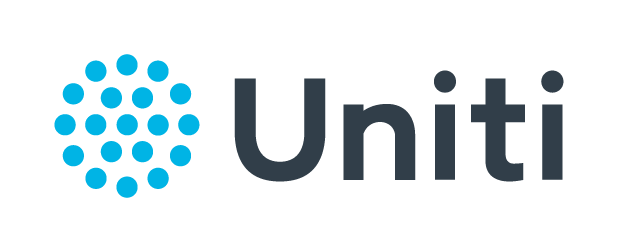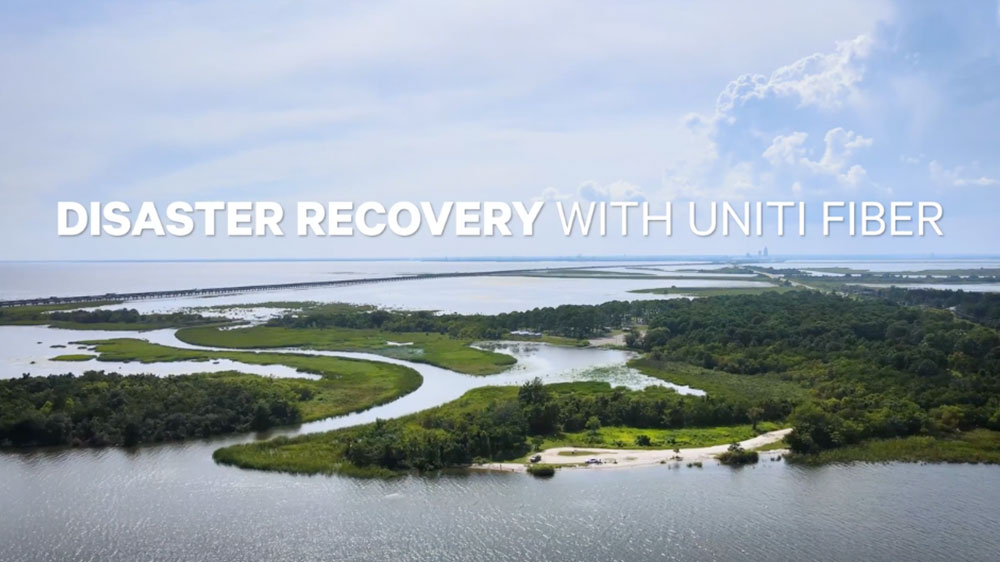Wrenn Landers:
Look, living and doing business on the Gulf Coast, you have to accept some inherent risk with a hurricane threat. And luckily, we are well-seasoned to take on that challenge.
You have to have a definitive and clear plan in place, and that’s one thing that we have here at Uniti Fiber. We have exercised this process, with this team, and we’ve got some veterans in there who’ve been dealing with this type of stuff for 20+ years. But there’s some key features of that, just like with any plan or the execution phase of anything.
You’ve got to be able to clearly state your priorities, and then resource them accordingly. For instance, when a storm is coming aboard or when we see a threat to our network, we stand up an EOC, an emergency operations center, that is manned 24 hours a day specific to that storm. And then we regionalize the teams, our field teams, to respond to that.
Once the storm passes through, we assess our network first and foremost just to see physically what was impacted, and then we get in there as soon as possible, once it’s safe to do so, to restore your circuit. We do have to prioritize those, and that’s not necessarily customer per customer on those first few days. We’ve got to get the core, the nucleus of the network put back together, to then concentrate on the incremental customer base at that point.
And some of the technology that we harness here, with our GIS tools, to bring all of those forms of information into one single sheet of music that we can all talk to and move off of. That is a very important aspect of our response plan.
J. Dowling:
Our ESRI GIS dashboard is very powerful, because we have a lot of different feeds that come into this. We’re able to see damages, we’re able to see our trouble tickets, all the outages we’re experiencing right now. We’re able to see where our personnel are located so we can strategically plan them to roll to another spot, or where we can make sure they’re safe.
All this is encompassed and brought into one single pane with this ops dashboard. It’s really strategic and it helps us improve during a storm event. We are one of the few companies that are doing things like this on the GIS side. And at the end of the day, this single pane approach helps us to bring order to chaos after a natural disaster event.
Wrenn Landers:
Here at Uniti, we not only have some fantastic GIS tools, this single pane that we’re speaking to. But we also have a joint operations center, a mobile command center that we can roll out and not only tie ourselves into the network, but distribute some enhanced Internet connectivity from that source. We have the ability to bring in, via air supply, to resource our people so that they can get out there and restore the network quicker and more rapidly.
Lastly, I want to touch on our people, because we’re fortunate, we are surrounded by some phenomenal dedicated professionals here at Uniti Fiber. But when times get hard, I think that’s when you really see these folks shine. They are dedicated to this network, but really, they’re dedicated to each other. There’s a sense of camaraderie here that is tough to put into words, and it shines even brighter when you put them through one of these things.
These are long hours, tough events, weeks on end. A lot of times you have to go around and tap them on the shoulder and say, “Hey, man, go get some sleep.” They don’t want to let their fellow employee down; they don’t want to let you down as the customer.
And let me be clear, we have been faced with some extremely challenging environments. These are massive storms, massive outage counts. We don’t get two weeks into this and turn our back on it and let it get away from us. We will continue until every single customer is back online.



